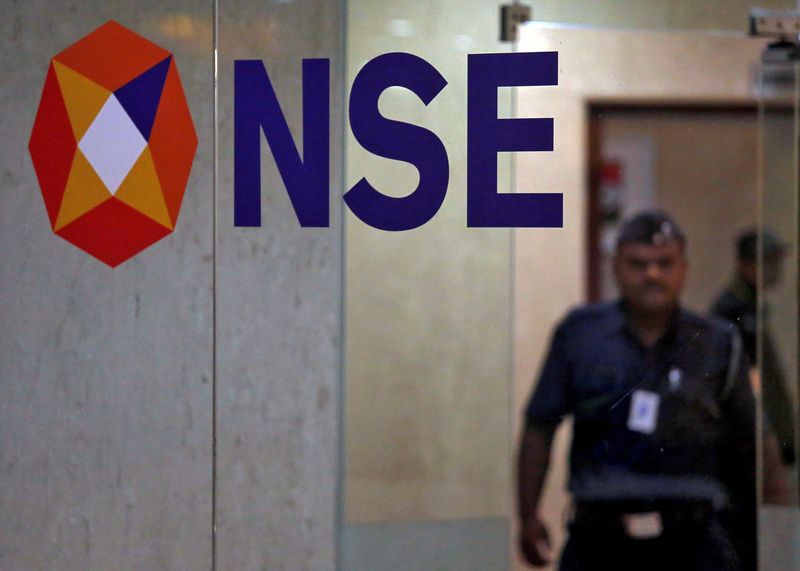As we delve into the current dynamics of the Indian stock market, it's crucial to understand the intricacies involved. Bernstein's latest report offers a comprehensive look at the landscape, highlighting the heightened enthusiasm of investors flocking to Indian stocks. However, this surge is often driven more by greed than rational decision-making.
When ambitious visions become widely accepted, navigating these waters becomes even more challenging. Thus, making relative calls is essential. The report evaluates approximately 90 stocks across 14 subsectors, focusing on long-term growth expectations embedded in their valuations.
Summer Sale: Click here and discover the power of InvestingPro! Effortlessly access precise intrinsic stock values and detailed financial health scores using over 100 parameters. Grab the offer now and make informed investment decisions with ease!
In January 2024, Bernstein assessed the "implied growth" for the Nifty50 and MidCap 100 indices, finding them at historic highs. The Nifty is expected to grow by 13%, while the MidCap 100 anticipates a 20% free cash flow (FCF) compound annual growth rate (CAGR) over the next 15 years. However, earnings support is weak, particularly for midcaps, where the two-year earnings per share (EPS) growth lags behind the long-term implied growth. This discrepancy suggests that midcap stocks are currently the most overvalued.
Since March, there's been a notable shift towards higher implied growth zones within Bernstein's stock spectrum. The average implied growth has increased to 15.5% from 14.3%, even as the average EBITDA CAGR for FY24-26 decreased from 20% to 18%. This indicates a mismatch between valuations and earnings growth, with staples continuing to dominate the high-valuation territory. Meanwhile, sectors like pharma and auto remain within the trend line zone, and lower valuation sectors, such as healthcare, industrials, and telecom, have become even more selective.
Valuations have risen across nine of the 13 sectors evaluated, even when shifting the base to FY26. Sectors such as telecom, IT, and consumer discretionary have seen a decline in implied expectations and are the only ones below the past decade's EBITDA CAGR. Conversely, sectors like metals and transport have implied growth expectations that are below near-term growth forecasts, while autos, healthcare, and cement align with near-term growth. Staples, utilities, and energy sectors are priced higher than their near-term delivery.
Strong retail inflows continue to provide liquidity, maintaining a phase of forced investing despite foreign institutional investors (FIIs) exercising caution. With policy-driven earnings growth largely accounted for, recommending significant purchases at current levels is increasingly difficult. The initiation of IPOs and stake sales indicates a shift towards monetizing wealth and transferring risk to public markets.
While sectors like consumer discretionary, IT, telecom, metals, and transport offer potential opportunities, the bottom-up plays are dwindling. For specific stock picks, Bernstein's India Portfolio provides insights into those aligning near-term growth with long-term expectations.
The Indian stock market is experiencing a phase where investor enthusiasm is driving valuations beyond rational expectations. With certain sectors showing signs of overvaluation, investors must carefully navigate these waters, relying on detailed analyses like Bernstein's to identify sustainable opportunities.
Click here to unlock smarter investing with InvestingPro! Get accurate intrinsic stock values and comprehensive financial health scores, all without learning financial modeling. Take advantage of our limited-time Summer sale discount and simplify your investment decisions today!
Read More: Unlocking Investment Potential via Fair Value
X (formerly, Twitter) - Aayush Khanna
